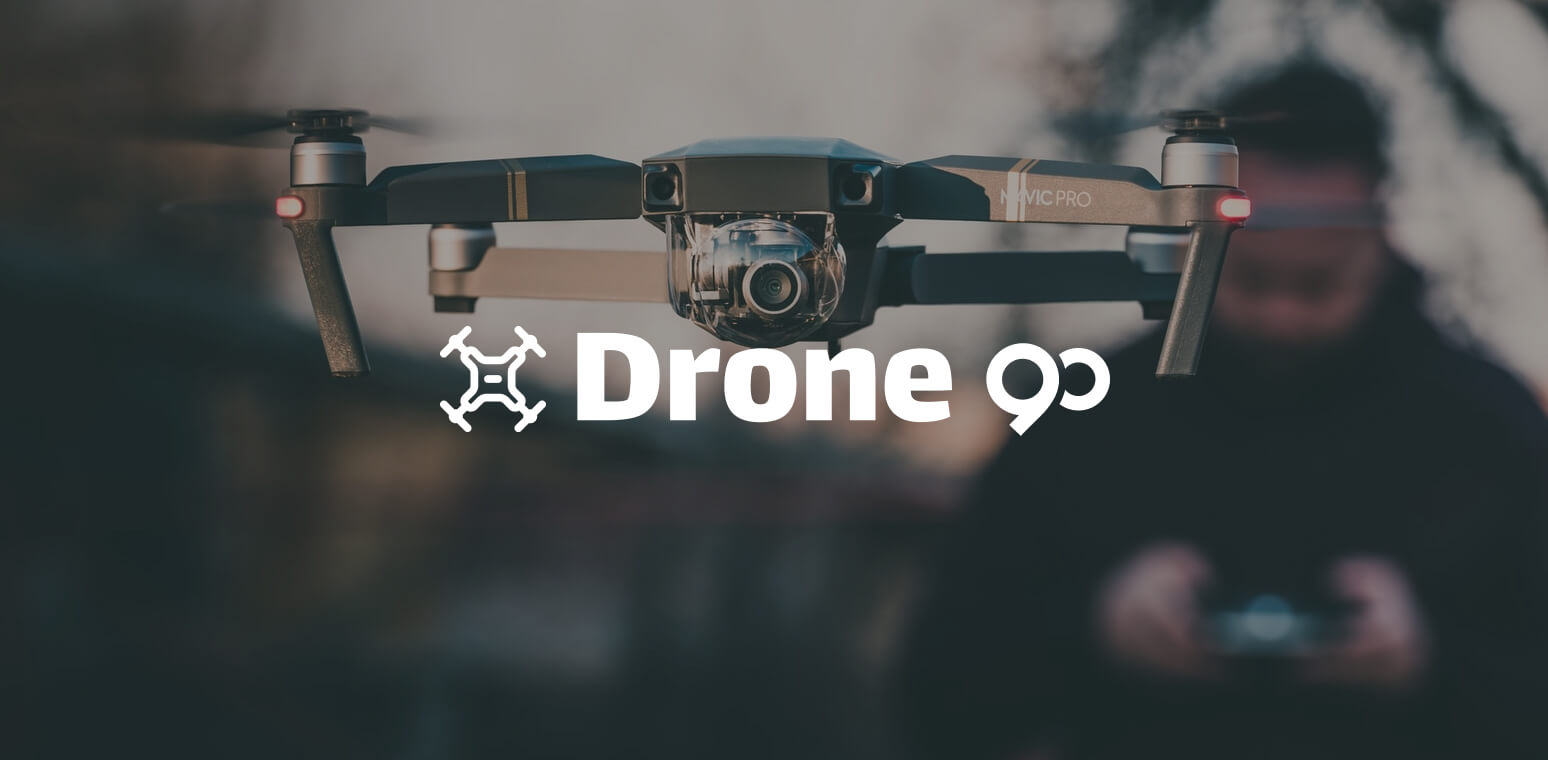Hi,
Get in touch with us today to chat about your next project.

A drone is an unmanned aerial vehicle (UAV) that can be remotely controlled for a variety of purposes. Drones are most commonly associated with military operations and surveillance.
However, by outfitting these relatively small unmanned robots with video production equipment, they have taken a giant leap forward in terms of commercial and personal uses.
In recent years, drones have been the subject of a variety of Hollywood movies including Eye in the Sky and Good Kill. Civilian use of UAVs is rapidly increasing in both commercial and personal videography.
They can be pre-programmed to fly specific flight paths by integrating software and GPS information or hand manipulation. In terms of video production, they’ve expanded and refined many filmmaking techniques.
This classic movie shot gives audiences the perspective of looking down on a subject from above.
Although commonly called “aerial views” the incorporation of the drone into video production has increased the number aerial shots.
In terms of drone usage, the bird’s eye view is more now primarily associated with shots taken from directly overhead.
By positioning the UAV so the camera points straight down, the shot can pan out by gaining altitude or spin by rotating the device.
Drone manipulation allows for a great deal of bird’s eye interpretation.
Movie directors love the use of crane’s because of the variety of angles and movement they can capture.
But drones are proving to be substantially more effective and simpler to operate. Key cinematography techniques drones are stepping into include moving the camera to different high and lows.
Also, side-to-side pans are now achieved by maintaining a static altitude, working the drone in a straight line and allowing the subject of the shot to flow through the screen width.
Drones have also become the key to establishing shots, which are mainstays in filmmaking transitions and storyline information.
Because drones are small and easily maneuverable, they’ve opened up videography to more orbit shots.
One of the prominent ones is done by slowly moving toward a subject. Then the drone flies steadily past but the camera remains fixed on the subject.
The shot continues trailing away from the subject but the lens stays fixed. It gives the audience a sense of movement around a subject.
Orbit shots can be done in a variety of ways at high or low altitudes. One of the advantages drones provide is that they can be manipulated from a great distance.
Fly-through filming is one of the unique elements that drones have brought to video production. Picture the camera moving through an open window into a home or through the broken rubble of a building.
These have dramatic effects and take a considerable deftness at controlling the drone in tight areas. Fly-through shots can also take on the perspective of a diving creature. The UAV can dip to low levels and fly through an area and back up. It’s like a hawk swooping down.